My Foucault tester is a slit-less tester with a bright green LED, knife-edge and a translation stage.
Behind the tester is a small telescope consisting of a 55 mm SLR lens and a 15 mm eyepiece.
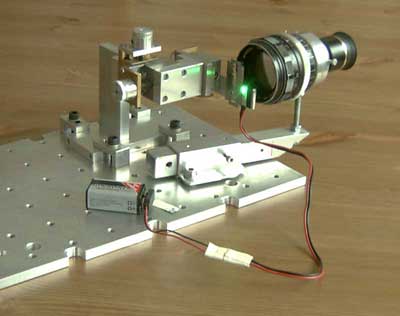
testing mirrors
The quality of a self-made mirror depends on how accurately you can test it. For making my mirrors, I used the classical Foucault test (knife edge test) in combination with tests using an artificial star (small pinhole). In addition, I tested all my mirrors during the final stages of correction frequently by a true star test.
| Foucault-Test My Foucault tester is a slit-less tester with a bright green LED, knife-edge and a translation stage. Behind the tester is a small telescope consisting of a 55 mm SLR lens and a 15 mm eyepiece. |
|
| The knife-edge unit can be easily replaced by a pinhole together with an eyepiece to convert the tester for the test with an artificial star |
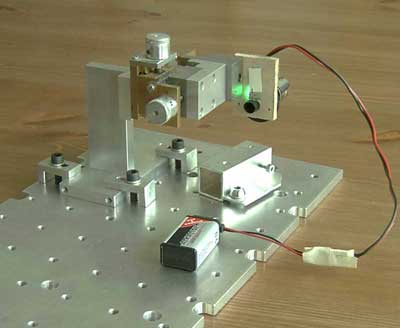
|
| Testing stand of the mirror. The mirror rest on two freely rotating wooden blocks. The tilt of the mirror can be precisely adjusted by a bolt. |
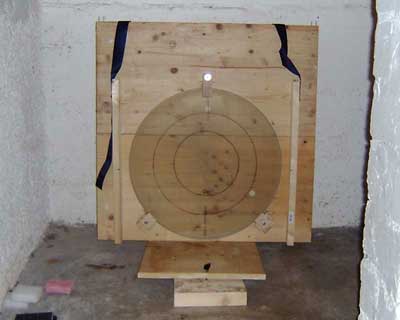 |
| If you are testing in your living room, a test tunnel made of a thin plastic sheet is very helpful to reduce air currents. Such a tunnel is less important, if you have a room in the basement with steady air. |
|
| The Foucault data are evaluated using the program FigureXP by Dave Rowe and James Lerch. This program converts focus difference data measured in the Foucault test into a profile of the mirror surface. |
|
| Interferometry
with Bath-Interferometer With my small Bath Common Path interferometer, parabolic mirrors can be examined from their RoC (radius of curvature) and their surface be rendered by software such as Open Fringe.
|
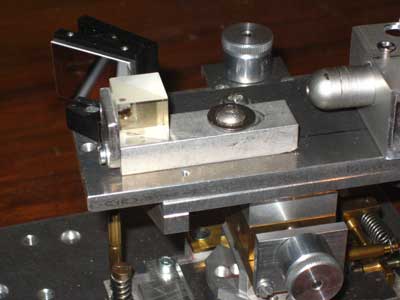
|
| Ritchey-Common-Test For making optical flats (the 6 inch secondary mirror of my 22 inch Dobson) I used in addition the Foucault test against a reference sphere and the Ritchey-Common test. Both tests are null-tests and allow extremely precise measurements of a flat surface. More about these two tests can be found here. |
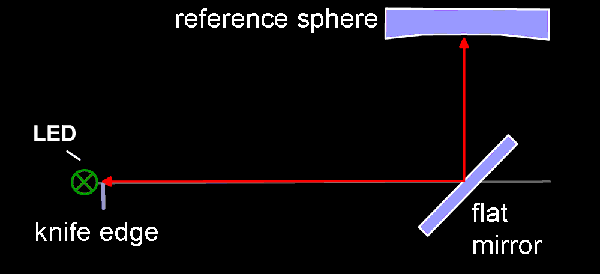
|
![]()